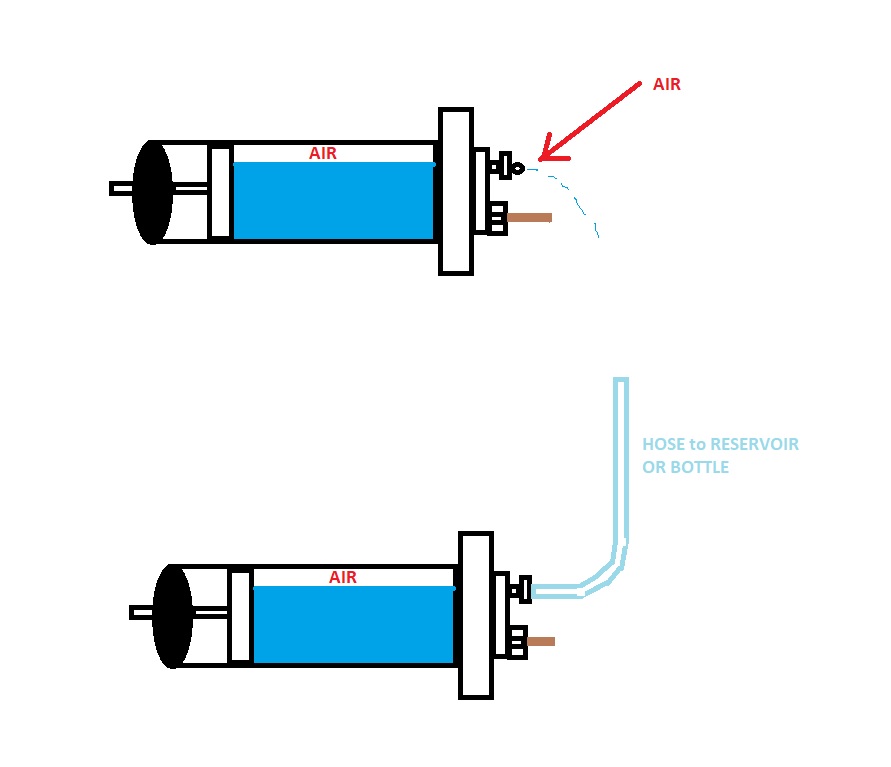Hello Good People,
Went out to the truck and the clutch paddle went to the floor. Not sure if its because of air in the system.
I am thinking about doing a reverse bleed. When I start this process should I leave the clutch paddle to the floor or should it be lifted?
T.I.A.
Went out to the truck and the clutch paddle went to the floor. Not sure if its because of air in the system.
I am thinking about doing a reverse bleed. When I start this process should I leave the clutch paddle to the floor or should it be lifted?
T.I.A.
